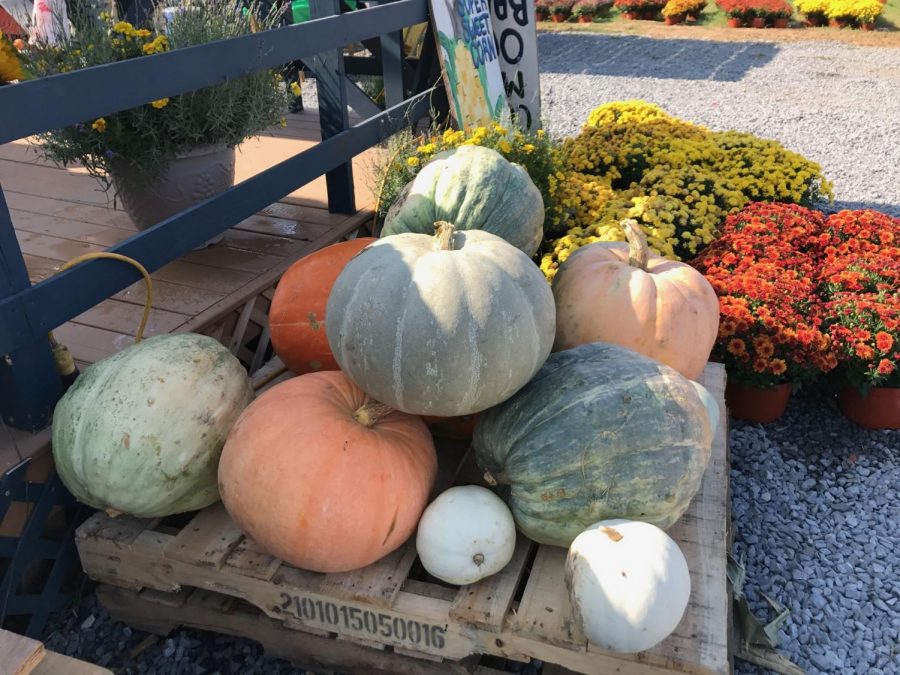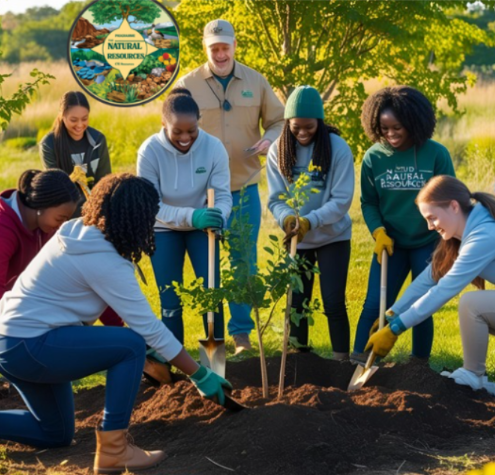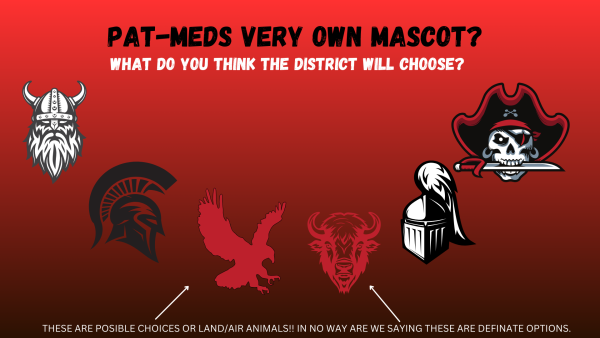A Haunting History of Halloween
Everything you wanted to know and more…
Photo by Michele Sullivan
Pumpkins and other seasonal images are now synonymous with the holiday.
Halloween, it’s easily the most interesting holiday, given its roots and the traditions surrounding it. Inquiring minds want to know more; so, I read up on the true history at History.com. The spooky spectacle of a holiday has its roots approximately 2000 years ago in an ancient Celtic tradition that took place on, unsurprisingly, October 31st. This is because the following day, November 1st, was when they celebrated their new year, which is an interesting concept on its own. Among the Celts, it was believed that the final night of the year was when the boundary that separates the worlds of the living and the dead was at its weakest, which caused them to derive from this the idea that because the line was blurred, the dead would return to the land of the living to damage their crops and whatnot. I know that if some otherworldly specters decided to pay me a visit and ruin my crops, I’d be pretty annoyed. However, these spirits weren’t entirely troublesome, as their mere presence made it easier for Celtic priests, or Druids if you wish to get specific, to make predictions about the future, a bonus feature that was welcomed by the Celts, as they were entirely dependent on their immediate environment and the predictions gave them a sense of comfort in regards to the upcoming winter.
“Now what does this have to do with our current tradition of dressing up?” — I hear you ask. Fret not, for the Celts are also responsible for the tradition of dressing up. The Druids built massive bonfires that held a sacred significance, and the Celtic people gathered around the bonfire to incinerate animals and crops. It was during this process that they wore costumes composed of animal heads and skins, which I’m sure smelled amazing, like a Yankee Candle store. They also tried their hands at telling each other’s fortunes.
Anyway, that’s just its origins. After the Romans played around with it for quite some time after conquering Celtic territory, Halloween haphazardly made its way through the dumpster fire that was old Europe and eventually found itself in the budding American colonies, where it saw very little celebration, which was a result of the overly-religious values held within the Protestant belief system of the colonists. Over time, the various European customs of the settlers found itself merging with those of the Native Americans, giving birth to a revamped version of the holiday. It was in this new Halloween that the telling of ghost stories made its debut, as well as the more familiar custom of getting into mischief.
The holiday continued to evolve over time. The custom of going door-to-door and asking for candy started with Americans blending English traditions with Irish ones after the influx of Irish immigrants in 1846. Although, rather than demand candy like today, they asked for food and/or money, so there’s that. Imagine that you went Trick-or-Treating and got a ham sandwich out of it… that’s pretty wild, if you ask me. They also dressed up in costumes, though your guess is as good as mine when it comes to what pre-Civil War Americans dressed up as. Later in the nineteenth century, however, Halloween saw a shift in focus from ghosts, the macabre, and pranks to be more family-oriented. It was because of the desire to remove these facets of the holiday that it became much less superstitious and religious.
By the end of the Roaring Twenties, Halloween had become much more secular, though it retained the community aspect it always had. There were parades, entertainment, and parties. By the end of the twentieth century, it was and still is the country’s second largest commercial holiday, with the American people collectively spending approximately $6 billion dollars on the haunted holiday.
So, why does any of this matter? Well, it really doesn’t, for the most part. You could easily not know any of that information and still enjoy the holiday just fine, but it’s important to know why you’re celebrating something, or how the thing you’re celebrating even came to be. So now that the history lesson is over, close out this tab, and go order materials to make your authentic animal skin costume, I bet it’ll be a hit at the next Halloween party you go to.

Gr. 12
"It's good as an artist to always remember to see things in a new, weird way." -Tim Burton






